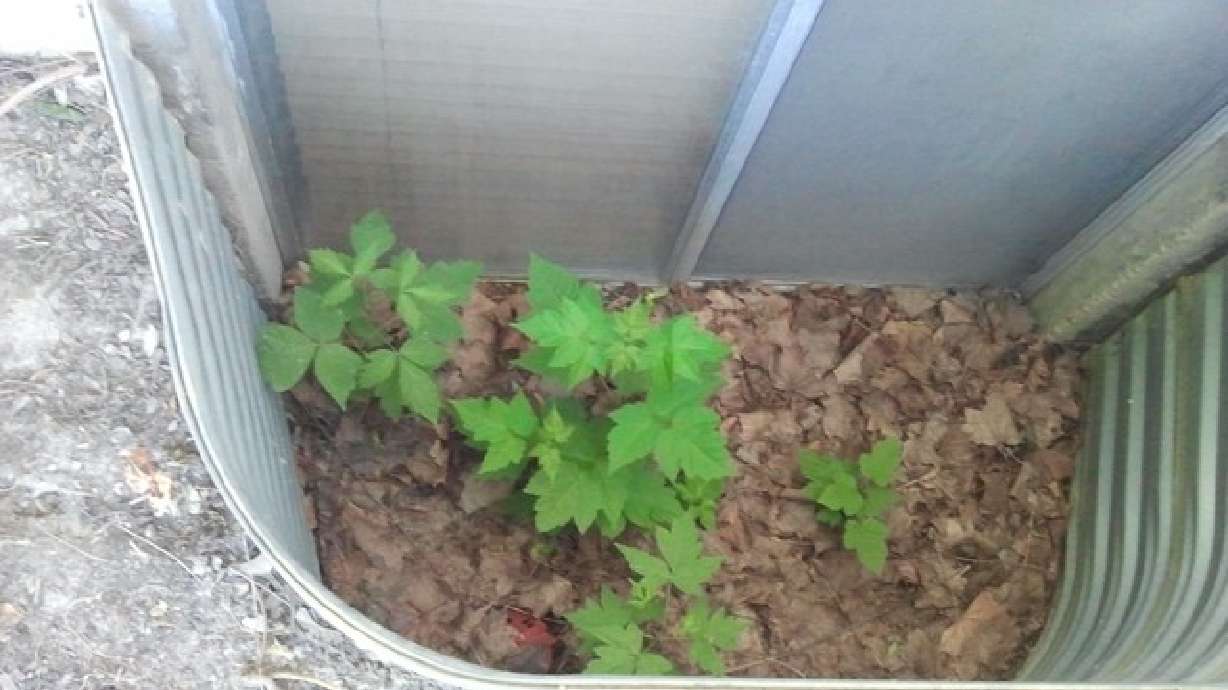Estimated read time: 5-6 minutes
This archived news story is available only for your personal, non-commercial use. Information in the story may be outdated or superseded by additional information. Reading or replaying the story in its archived form does not constitute a republication of the story.
SALT LAKE CITY — Many homeowners consider themselves inviting to guests. We invite friends, in-laws, neighbors, kids, cats and even iguanas into our home — and each guest adds their own flavor as a visitor.
As homeowners, however, we usually don’t know how many guests we have. Most of our home’s guests are uninvited. The uninvited can include termites, birds, mold spores, mice and yes, even the occasional raccoon. Visits from the mother-in-law can be exasperating, but the havoc from her visit pales in comparison to that caused by mold, pests and termites; at least your mother-in-law puts the toilet seat down when she is done.
If charity toward all is your goal, you and your home can play host to thousands — or millions — of mold spores, mice, termites and creepy crawlies of all sorts. On the other hand, if you wish to be a bit more choosy in who and what lives under your roof, there are some actions to take. If you are feeling like providing a home for all of nature, the following should be taken as a personal task list. Choose wisely — termites don’t help pay your mortgage.

Spray the house generously with your sprinklers
Most homeowners are simply unaware that a soaked exterior wall can be viewed so joyfully by a termite queen and her horde. Consider this: When you spray your lawn, the lawn grows. Weeds add themselves to the mix, then bugs. Critters small and extra small create something of an ecosystem in your lawn — and that’s OK. But a similar thing happens when you spray the house. Water gets through your stucco or brick. It finds holes in the siding. It gets through the window frame. Dampness begets mold, termites and rot. Next thing you know, you have more guests in your home than anyone in the neighborhood.
Vent the dryer to nowhere
A recent home inspection revealed a landlord whose apartments had no exterior dryer vent — he instead chose to vent the dryer into the wall behind the dryer, and end it there. Other homeowners will vent to a nearby room or into the garage. Sometimes the exterior vent is clogged up, so pressure forces the exhaust air back into the living space. In each case, the volume of water forced into your home is more than enough to cause thousands — or millions — of uninvited guests.
Drain water toward your foundation
Here is an exercise: walk around any home. Better yet, walk around your own. If you walk around your neighbor’s home, they might look at you funny. Look at the drainage slopes. Does the landscaping force surface water to flow toward or away from your foundation? One certainty about concrete foundations is that they crack, and they do so in hundreds of locations. The only sure way to know that the inside of your foundation is dry is to make sure the outside is dry. Does water pool near your foundation? If so, your home will become a natural reef for mold, termites and things that crawl. The mold spores may not thank you for your hospitality, but rest assured that they appreciate you anyway.

Fill your window wells with soil and trash
The window wells are your last line of defense against water entry. Kids sometimes put hoses in the wells, and often roof drainage will flow toward the well. If your window well is dug out and partly back-filled with gravel, small water intrusions may not result in basement flooding. On the other hand, if you enjoy playing fast and loose, fill that well right up to the sill with soil — then add a few cereal boxes, super slurper cups, leaves, twigs and rubber balls to the mix. That will send any water in the window well directly into your basement.
Leave random drips to self-seal
A good friend once played host to a very healthy termite colony. He did this simply by allowing a drip to continue in the shower wall. With each new drip, the home provided dinner to another dozen termites. Over time the colony created very suitable surroundings throughout his home. While my friend may have received unspoken gratitude for the five-star accommodations from the termite queen, his wife was less welcoming. She called the exterminator, and the bill wasn’t pretty.
In the home inspection world, it often becomes clear that there are various ways to fix an issue. In many cases, there is a $10 fix and a $10,000 fix. Which one you get to pay depends on what you know and when you act. If you choose not to play host to mold, termites, spiders, earwigs and other creepy crawlies, take simple steps now to avoid expensive ones later.
If playing host to all of the above works for you, please use these five simple steps as your personal guide for getting — and keeping — nature all around you. If you do choose the nature plan, just keep your health insurance premiums paid — you’ll need a good plan.
Garth Haslem is a registered structural engineer and experienced home inspector. He is author of "The Home Maintenance Guide" & "The Household Hazards Handbook." Download free at www.crossroadsengineers.com. Facebook: "Garth Haslem — the Home Medic"








